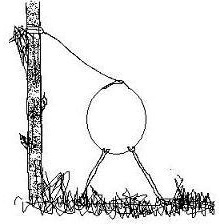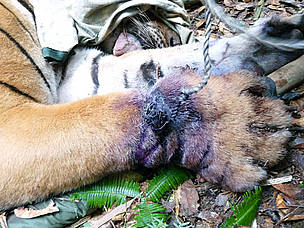7667766266
enquiry@shankarias.in
Why in news?
In one month, seven tigers including a six-month-old cub have died in the Nagarhole-Bandipur reserves in Karnataka.
Where is Nagarhole National Park?
What is the reason for the deaths?


Why snares have been set up?
What has been done?
Source: The Hindu